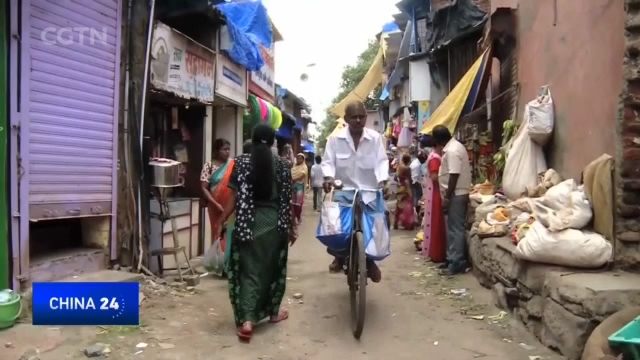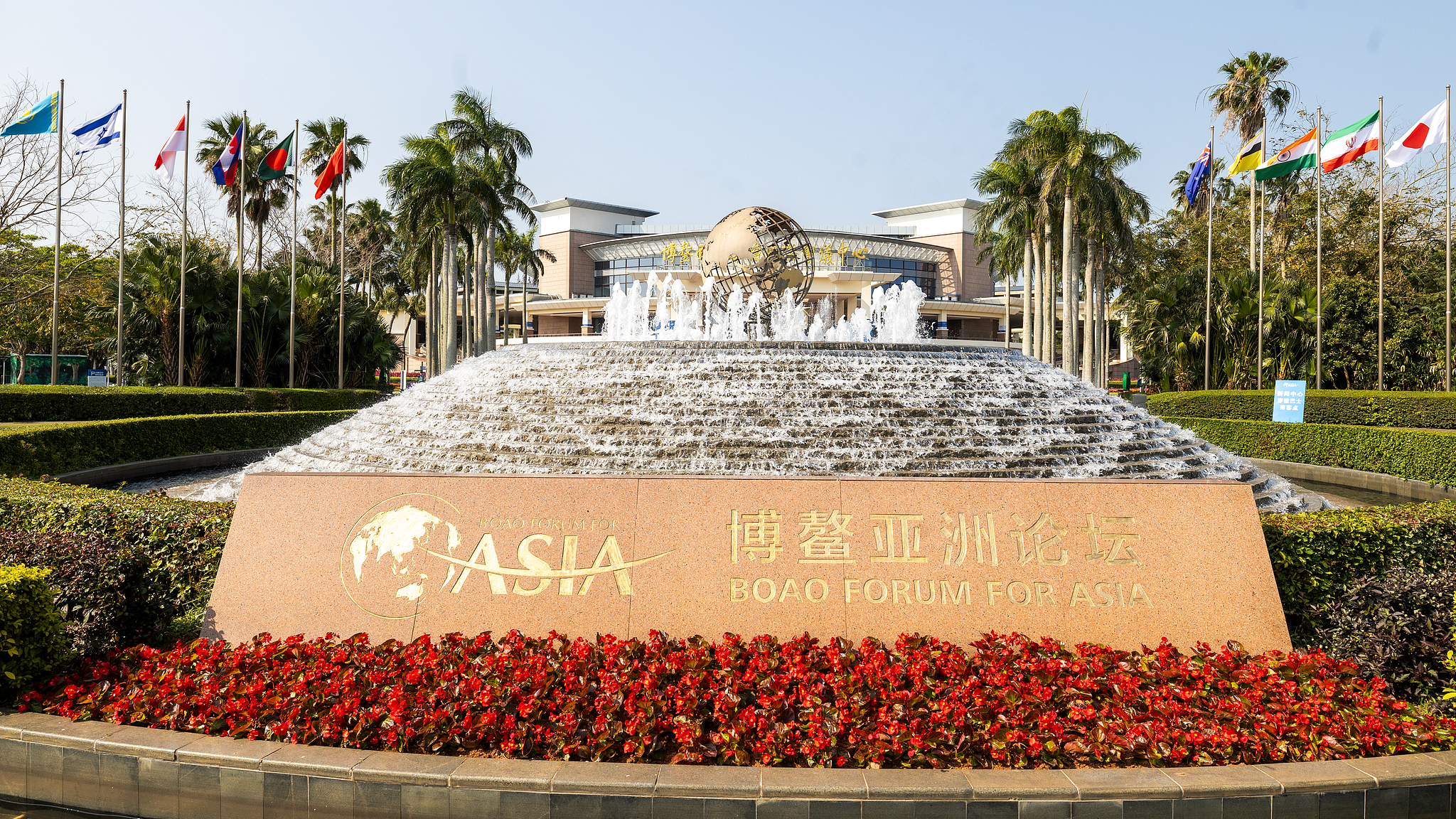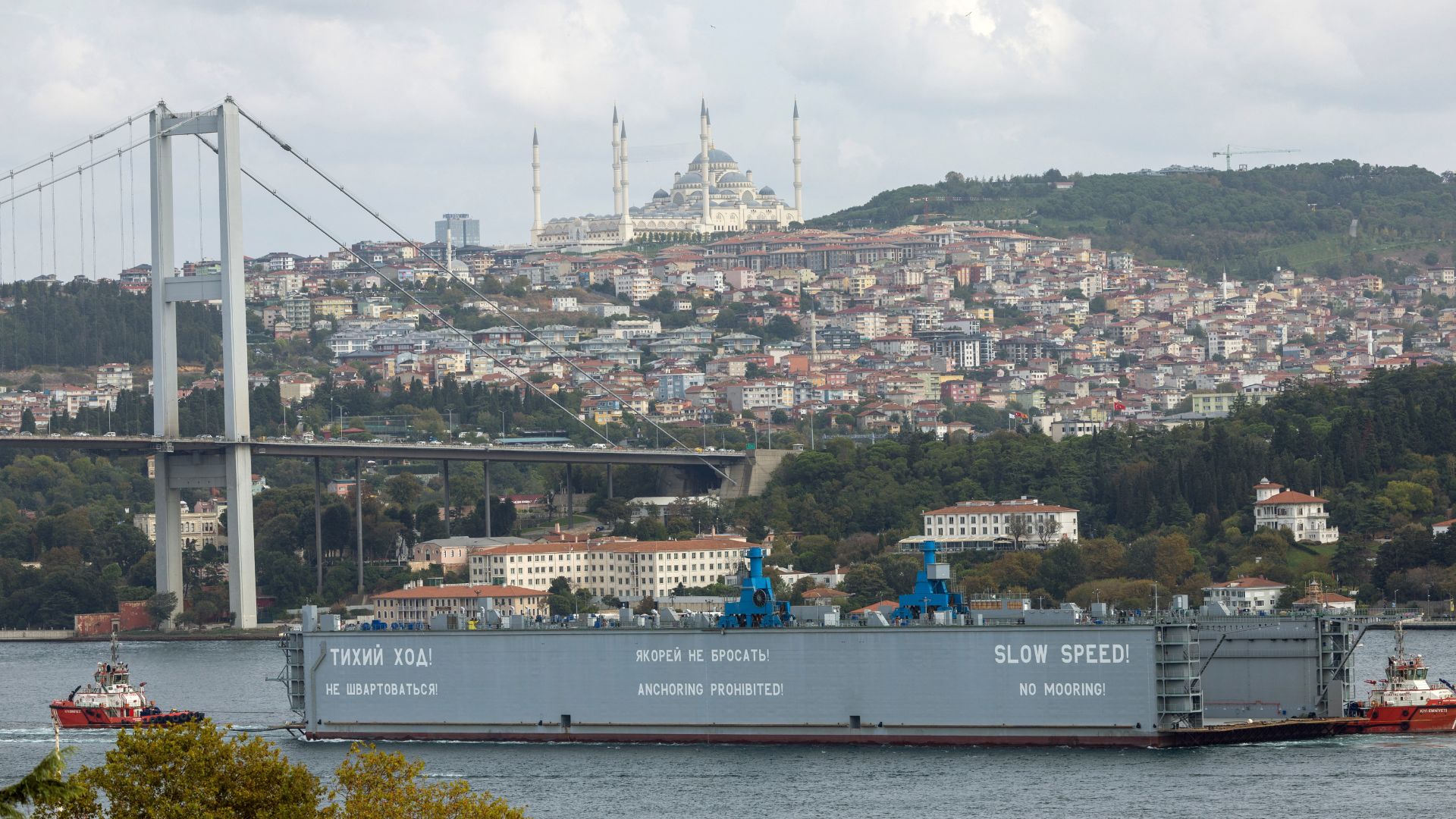
21:00, 01-Sep-2017
Building the BRICS: Immigrants often live in informal settlements in India
Error loading player: No playable sources found

This is Dharavi – Asia's largest slum. Every day, people from various parts of India make their way to these slums situated in India's financial capital – Mumbai. Their search is simple – jobs that will pay better and a dream of a better life. But here in Dharavi basic amenities like safe drinking water and sanitation for the poor is.
SATVAJIBABU JOGDENGAR DHARAVI RESIDENT I have been living here for the last 35 years and I came from a small town. The toilets are not enough, water is dirty and no one listens to us. On top of that there is corruption.
Even as the population increases in Urban India because of migration, the efforts of the administration haven't been enough to deal with the influx. But there are organisations working for Dharavi. Started in 2008, Urbz works with residents of Dharavi, using their everyday experiences, to build houses and spaces that work for people of the slum.
Architect Samidha Patil from urbz is working currently on building public toilets and supplying water for them through wells that have never been used. Dharavi has 1 toilet block per 1000 resident.
SAMIDHA PATIL ARCHITECT, URBZ INDIA What a government or social body fails to understand that these people actually migrate in search of jobs but in the policies the government puts up they only consider accommodations.
A UN Report in 2014 shows that there are over 600 million people - which is the largest in the world - living in the slums. The number has exceeded the population of the UK. Although India's economy has been growing the poor in India have seen little of that growth.
Still 70 per cent of people in India are below poverty levels surviving on less than a dollar a day. 1 billion people survive on less than $1 a day. Jai Bhadgaonkar from Urbz who has overlooked many projects in Dharavi says, the first step that the government needs to take is to recognize these slums.
JAI BHADGAONKAR URBAN DESIGNER, URBZ INDIA The best way to rehabilitate slums will be to consider that slums exist at the first place and if they exist. Why can't we look at this at a different angle instead of looking at it as something bad or negative let us look at it which is positive, which is taking care of your city, which is providing services to your city, half of the economy is running because of these kind of settlements.
To make living conditions of the urban poor and migrants better the government has started many schemes like the Integrated Housing and slum development programme. But the substandard housing has created only more problem for the residents.
While the state has failed, individual organisations like urbz have been successful to understand the needs of these migrants. But the scale in which this is needed is large which can only be done by the Indian government that needs a national level strategy to improve the lives of half of its population. Shweta Bajaj, CGTN, Mumbai, India.
TOP NEWS
{"type":2,"value":"CGTN","commentator":[],"valueShow":true,"commentatorShow":false}
Economy
07:13, 25-Mar-2025
{"type":2,"value":"CGTN","commentator":[],"valueShow":true,"commentatorShow":false}
Markets
10:09, 25-Mar-2025
{"type":2,"value":"CGTN","commentator":[],"valueShow":true,"commentatorShow":false}
Europe
16:36, 25-Mar-2025

SITEMAP
Copyright © 2018 CGTN. Beijing ICP prepared NO.16065310-3
Copyright © 2018 CGTN. Beijing ICP prepared NO.16065310-3


